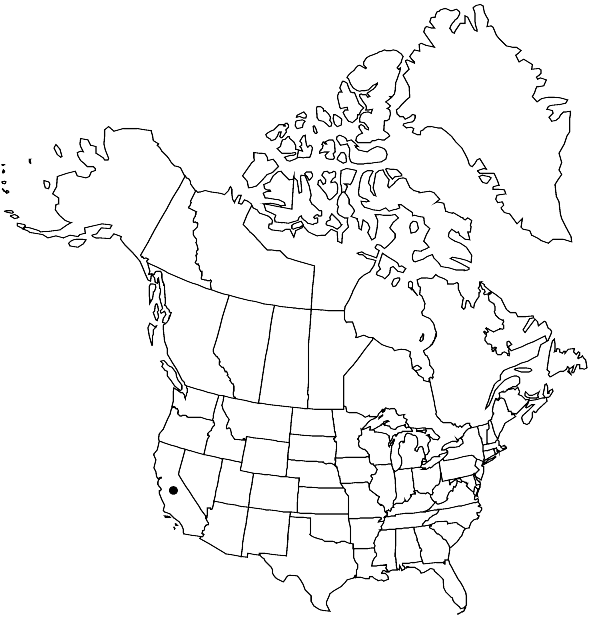Physcomitrella readeri
J. Bryol. 7: 604. 1974,.
Plants to 4.5 mm. Stems to 3 mm, branching near base. Leaves to 2 × 0.6 mm, ovate-lanceolate, acuminate, margins plane, serrulate in distal 1/3; costa extending 1/2–2/3 of the leaf length, occasionally slightly forked at apex; proximal cells 75–180 × 35–60 µm, distal cells 45–115 × 15–50 µm, marginal cells not differentiated. Calyptra entire at base, often with a single slit extending toward apex. Spores 27–42 µm.
Phenology: Capsules mature Jan–Apr.
Habitat: Mineral soil (mudflats) in lake banks
Elevation: low elevations
Distribution

Calif., Asia (China, Japan), Pacific Islands (New Zealand), Australia.
Discussion
Physcomitrella readeri is distinguished from the sympatric P. patens mainly by its shorter costa. The size of the rostrum has also been given taxonomic significance, but capsules of P. patens may also bear an apiculum reaching 0.2 mm. Similarly, the forked costa has been considered diagnostic of P. readeri, but this feature is not constant. The status of P. readeri has been repeatedly debated, but the geographic restriction of plants with short costae to a circum-Pacific range may justify taxonomic recognition. Physcomitrella readeri grows with P. patens in two localities in California.
Selected References
None.
